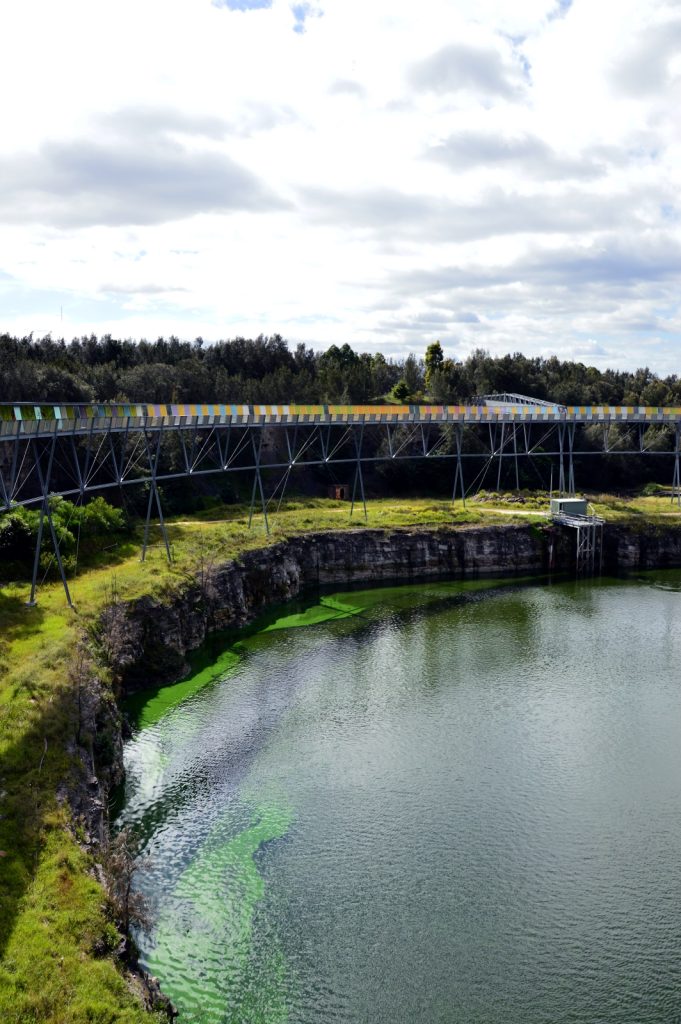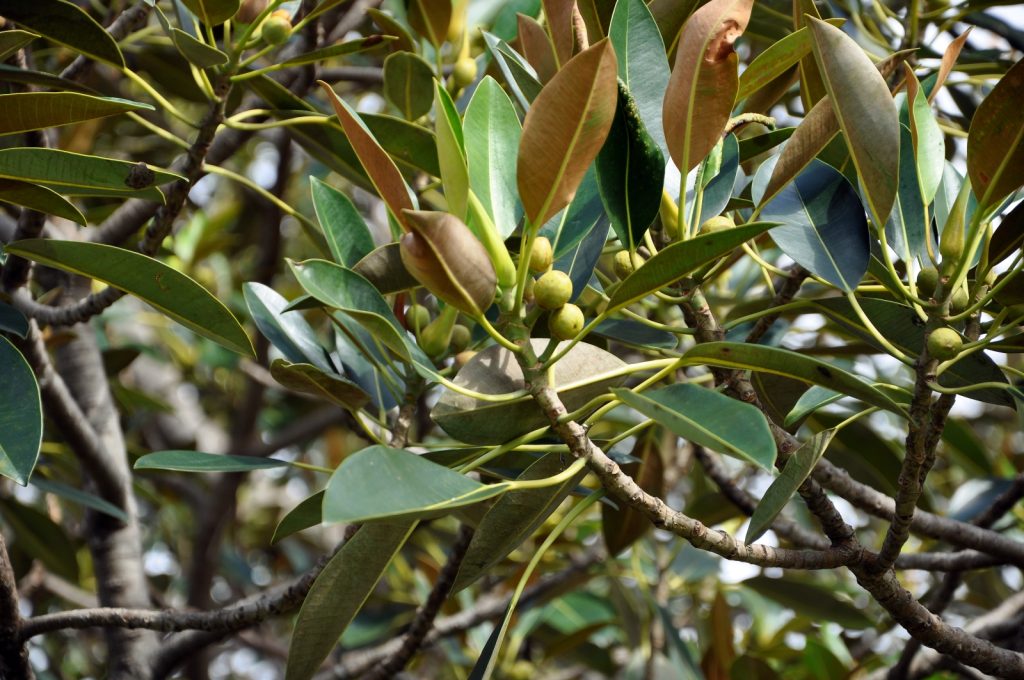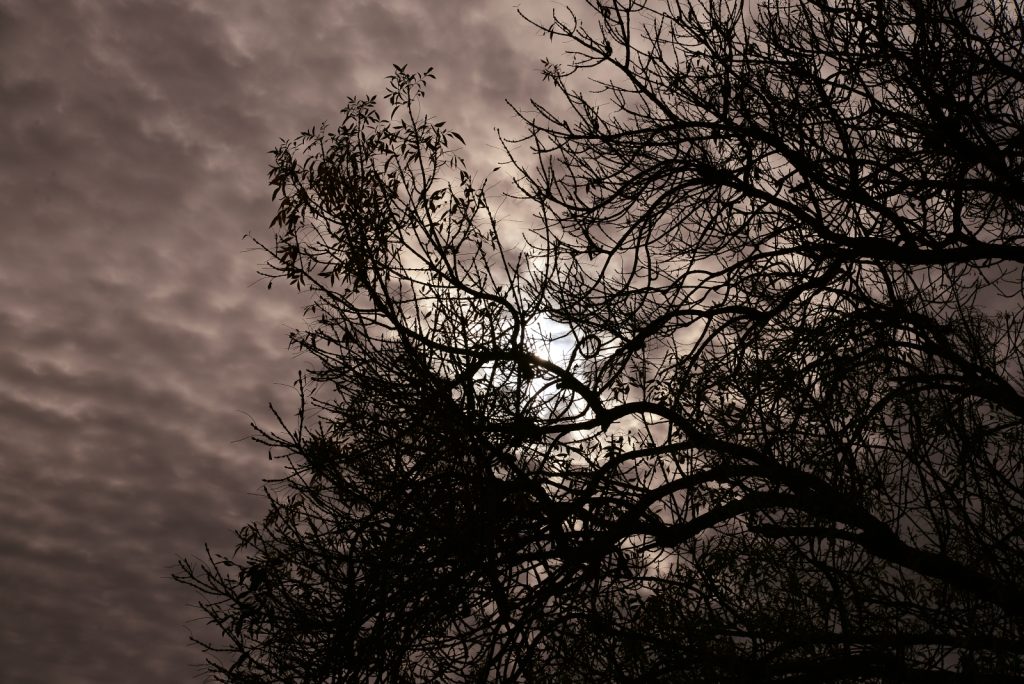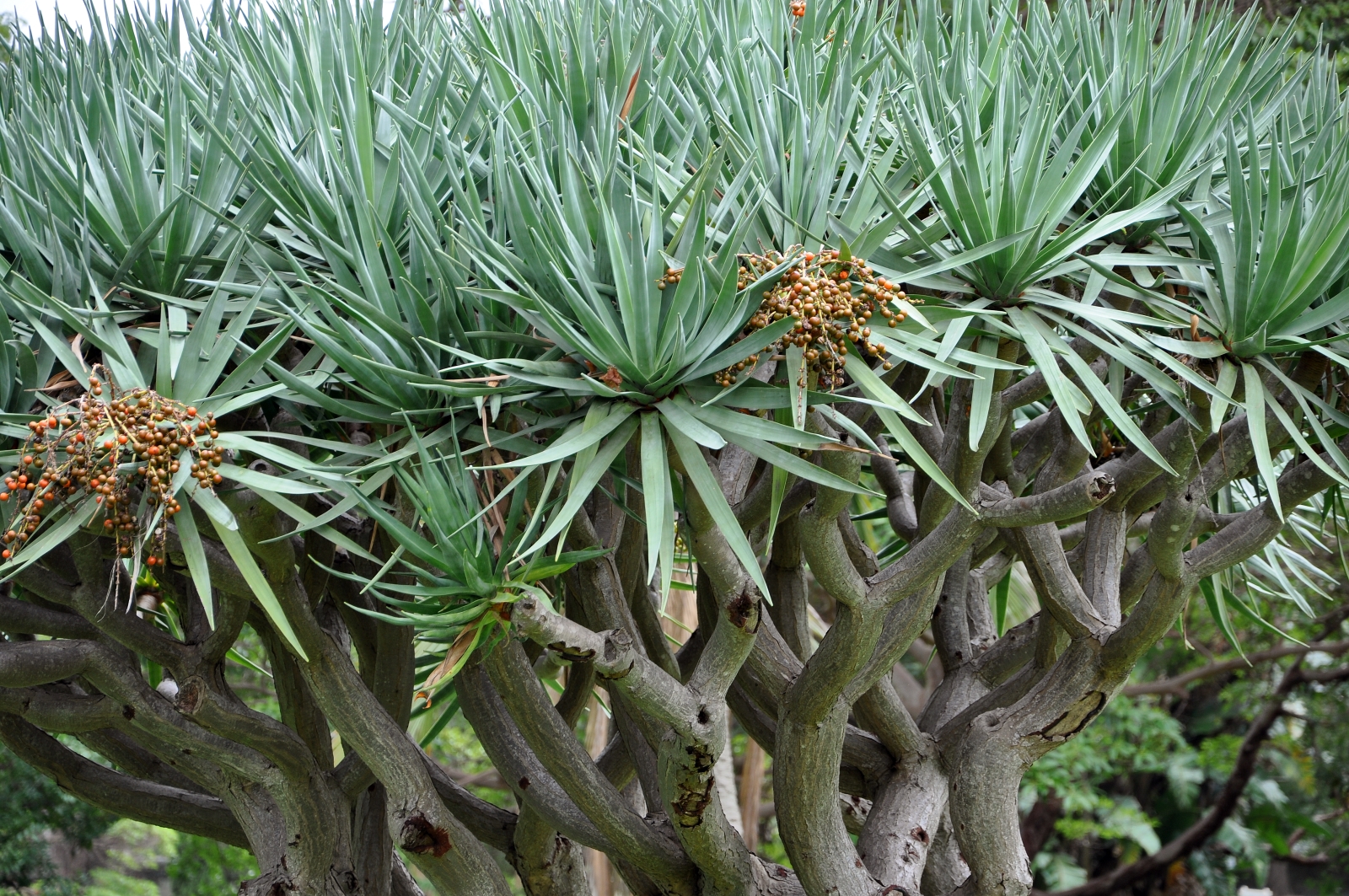Nature’s Diversity
Sydney, Australia, is a city renowned for its stunning landscapes, vibrant culture, and rich biodiversity. Nestled along the eastern coast, Sydney boasts a diverse array of flora that contributes to its unique ecological tapestry. From the iconic eucalyptus trees to the delicate wildflowers, the flora of Sydney offers a fascinating glimpse into the natural world.
The Botanical Richness of Sydney
Sydney’s flora is a testament to the region’s ecological diversity. The city is home to a variety of ecosystems, including coastal heathlands, wet sclerophyll forests, and dry eucalypt woodlands. Each of these ecosystems supports a unique assemblage of plant species, contributing to the overall richness of Sydney’s botanical heritage.

Iconic Species
One of the most recognizable features of Sydney’s flora is the eucalyptus tree, commonly known as the gum tree. These towering trees are not only a symbol of Australia but also play a crucial role in the local ecosystem. Eucalyptus trees provide habitat and food for numerous wildlife species, including koalas, which rely on their leaves for sustenance.
A Haven for Wildflowers
Sydney’s coastal heathlands are a haven for wildflowers, particularly during the spring and summer months. These low-growing, hardy plants thrive in the nutrient-poor soils of the heathlands, producing vibrant blooms that attract a variety of pollinators. Some of the notable wildflowers found in this region include the waratah, the state emblem of New South Wales, and the delicate flannel flowers.
Wet Sclerophyll Forests
Wet sclerophyll forests are characterized by their dense, evergreen vegetation and high rainfall. These forests are home to a diverse range of plant species, including towering eucalyptus trees, ferns, and a variety of shrubs. The lush greenery of these forests provides a cool, shaded environment that supports a rich understory of plant life.

Adaptation to Arid Conditions
Dry eucalypt woodlands are found in the more arid regions of Sydney, where rainfall is less frequent. These woodlands are dominated by hardy eucalyptus species that have adapted to survive in drier conditions. The understory of these woodlands is often sparse, with shrubs and grasses that are well-suited to the harsher environment.
How Sydney’s Flora Has Changed Over the Years
Over the years, the flora of Sydney has undergone significant changes due to various factors, including urbanization, climate change, and conservation efforts. The rapid expansion of the city has led to habitat loss and fragmentation, putting pressure on native plant species. Urban development often results in the clearing of native vegetation, which can disrupt ecosystems and reduce biodiversity.
Climate change has also had a profound impact on flora of Sydney. Changes in temperature and rainfall patterns can alter the distribution of plant species, affecting their growth and reproduction. Some species may struggle to adapt to new conditions, while others may thrive, leading to shifts in the composition of plant communities.
Initiatives such as habitat restoration, the establishment of protected areas, and the propagation of native plants aim to mitigate the impact of human activities and preserve Sydney’s botanical heritage. Public awareness and education programs also play a crucial role in promoting the value of native flora and encouraging sustainable practices.
Conservation Efforts
Conservation efforts are crucial to preserving the unique flora of Sydney. Organizations such as the Botanic Gardens of Sydney and the Australian Seedbank work tirelessly to protect and restore native plant species. These initiatives include seed collection, habitat restoration, and public education programs aimed at raising awareness about the importance of biodiversity.
The Role of Indigenous Knowledge
Indigenous Australians have a deep connection to the land and its flora. Traditional ecological knowledge passed down through generations provides valuable insights into the uses and management of native plants. Collaborating with Indigenous communities can enhance conservation efforts and ensure the sustainable use of Sydney’s botanical resources.

Exploring Sydney’s Flora
Visiting Sydney’s natural areas offers a unique opportunity to experience the city’s botanical diversity firsthand. Whether it’s a walk through the Royal Botanic Garden, a hike in the Blue Mountains, or a visit to a local nature reserve, there are countless ways to immerse oneself in the beauty of Sydney’s flora. Each encounter with nature is a reminder of the intricate web of life that sustains our planet.
Conclusion
The flora of Sydney, Australia, is a vibrant and integral part of the city’s natural heritage. From the iconic eucalyptus trees to the delicate wildflowers, each plant species contributes to the ecological richness of the region. By understanding and appreciating this diversity, we can work towards preserving it for future generations. So, next time you find yourself in Sydney, take a moment to explore its botanical wonders and discover the beauty of nature in this remarkable city.
Join the Discussion
Have you explored the flora of Sydney? What are your favorite plants or natural spots in the city?

